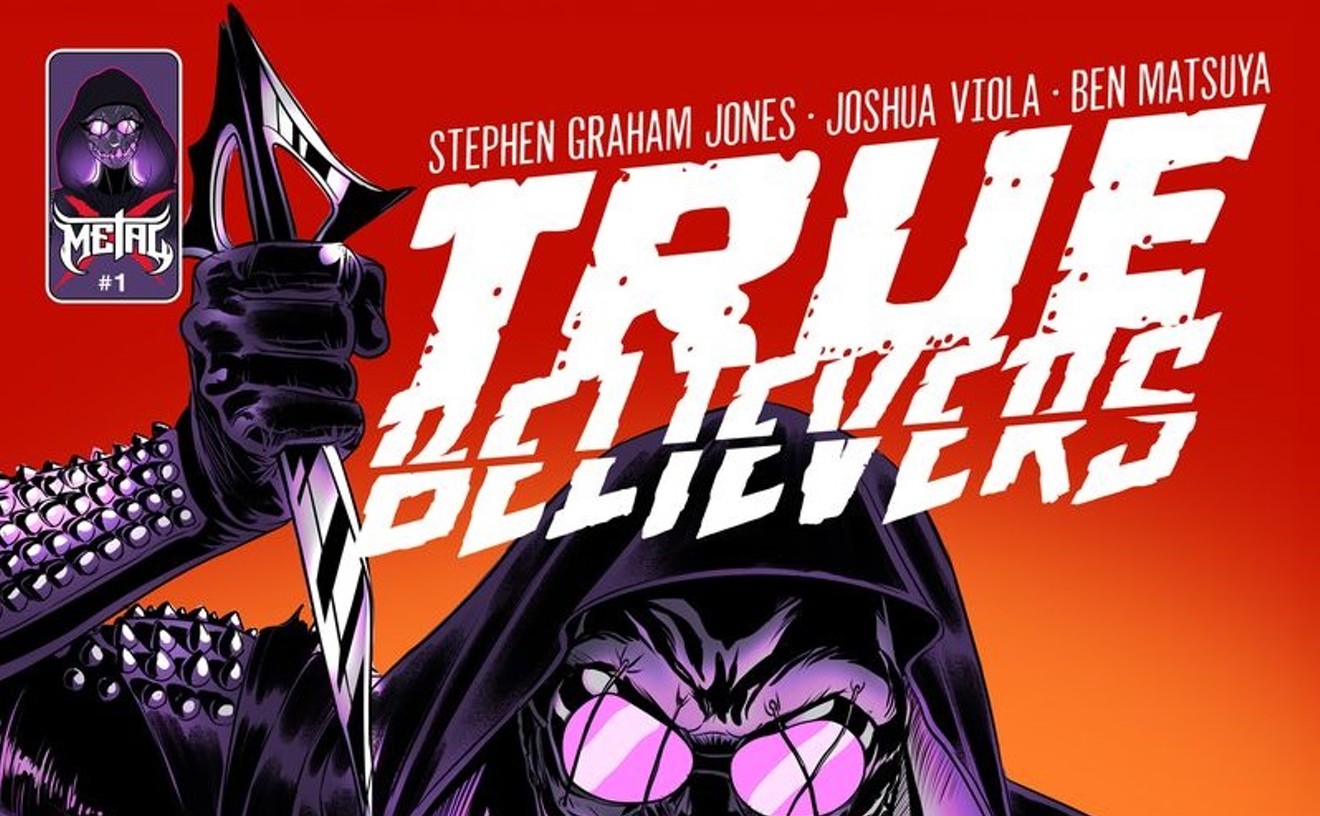Colorado: Then & Now II. In the late 1990s, internationally known photographer John Fielder came up with the idea of re-photographing old shots done by William Henry Jackson. This idea led to an exhibit at the Colorado History Museum in 1999, with this current show being the long anticipated sequel to that one. The CHM has a vast collection of Jackson's work, dating back to his first photos of the state done in 1873, when he was part of the federal Hayden Survey of the American West. In 1880, he opened a Denver studio, which he closed in 1896. As he did for that first Then & Now, Fielder went through the vast Jackson archives and selected the images he wanted to re-create and then revisited those locales. This time, however, he picked more views of buildings rather than depictions of the wilderness. During the show's run, the CHM gift shop will have Fielder's accompanying book, Colorado Then & Now II, for sale, as well as Volume I for those who missed it. Through April 5 at the Colorado History Museum, 1300 Broadway, 303-866-3678.
Denver's Pictorial Photographer. The Colorado Photographic Art Center no longer has a permanent home, but it's still going. The group has held on to its impressive permanent collection, which is where the material for Denver's Pictorial Photographer at Gallery Roach comes from. The title refers to R. Ewing Stiffler's work done in the pictorialist style in the early-twentieth century. As opposed to following the documentary tradition, which dominated early photography, pictorial photographers responded to painting. A signature example is Stiffler's "Labor Glorified," from 1925. In truth, however, not everything in the show is pictorialist, which makes the title slightly misleading. Stiffler was born in 1888 in Missouri but came to Denver as a teenager, graduating from East High School in 1908. Among the several colleges he attended was the Chicago Art Institute. The CPAC show at Roach is a rare opportunity to see Stiffler's work, with some of the pieces not having been exhibited since 1935, when the Denver Art Museum mounted a pictorialist group show. This is the first of many CPAC shows that will be installed around town. Through April 29 at Gallery Roach, 860 Broadway, 303-839-5202.
Directions in Abstraction. Usually co-ops only present solos by their members, but when an unexpected gap came up in Edge Gallery's schedule, member Mark Brasuell decided to do a group show of abstracts created by non-members. Brasuell included his own work, as well as that of four other painters: Dale Chisman and Clark Richert, whose pieces appear courtesy of Rule Gallery, and Bruce Price and Karen McClanahan from + Gallery. Brasuell and Chisman explore new approaches to abstract expressionism; Richert is a geometric abstractionist; and his former students, Price and McClanahan, do post-minimalism. Each artist is represented by a single piece, so drawing comparisons between them is easy. Brasuell's aim was to survey contemporary abstraction, and this show was a good start. An opening reception for the show is planned for Friday, March 31, from 7 to 10 p.m. Through April 23 at Edge Gallery, 3658 Navajo Street, 303-477-7173.
Infinite in All Directions. Every year, the Mizel Center for Arts and Culture presents a thematically linked interdisciplinary program. This time the topic is twentieth-century scientific genius Albert Einstein, and the title is "Einstein: The Creative Cosmos." The program includes lectures, concerts, educational programs, plays and an art show, called Infinite in All Directions, which is currently being presented in the museum's Singer Gallery. The show was assembled by gallery director Simon Zalkind and highlights a group of local painters and sculptors who refer to science in metaphorical ways in their work. The participants include the late painter Vance Kirkland, the first on any list of local artists doing this kind of thing, painters Clark Richert and Sue Simon, and sculptors Joseph Shaeffer and Robert Mangold, the dean of Colorado modernism. Because there are only five players, Zalkind allows each to be seen in-depth, creating what could be called a series of interrelated solos. Through April 9 at the Singer Gallery, Mizel Center, 350 South Dahlia Street, 303-316-6360. Reviewed February 16.
Never Leaving Aztln. This exhibit, put together by Museo de las Américas director Patty Ortiz with suggestions from George Rivera, takes on issues relevant to Chicano art versus what's called post-Chicano art. The show is not the first volley in this war of opposing ideals. In 2005, the Center for Visual Art in LoDo mounted Leaving Aztlán, which was meant to highlight how post-Chicano art had superseded Chicano art because of its greater relevance. Never Leaving Aztlán was conceived as an answer to that show. But even though Chicano art plays a part in the Museo presentation, it's post-Chicano artists who carry the day, just like at the CVA. One of the most impressive things is "Carpa Stage," by Carlos Frésquez, Frank Zamora and Los Supersónicos. It's an enormous installation of a full-sized stage modeled on those from Mexican tent shows and includes an array of images based on Mexican, Catholic and American corporate sources. Other standouts are the four paintings by Quintín Gonzalez and the installation of a found crib with a kinetic monster-truck toy inside, by Lewis de Soto. Through May 21 at the Museo de las Américas, 861 Santa Fe Drive, 303-571-4401. Reviewed March 2.
see into liquid. The exhibit see into liquid, at the Museum of Contemporary Art/Denver, is centered on images of water. Occupying both the museum's main floor and its mezzanine, it's a beautiful exhibit filled with beautiful things, which is the key to its success. There are marvelous drawings and prints, many elegant photos, and the three videos are fabulous -- and that's saying something. Director Cydney Payton came up with the idea for this show when she noticed that artists from all over the world were using water for inspiration. The most famous artist involved in the show is Robert Longo -- who is also the best represented -- but there are other well-known names, too, including Catherine Opie and Richard Misrach. Rebecca Di Domenico was the only Colorado artist chosen, with most of the others hailing from either the East or West Coast, or from different spots around the world. A show about water in landlocked Denver does have a geographic disconnect, but then again, who isn't familiar with the sea? Through May 28 at the Museum of Contemporary Art/Denver, 1275 19th Street, 303-298-7554. Reviewed February 23.










